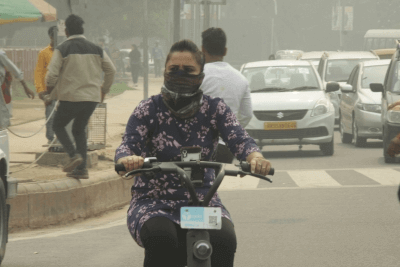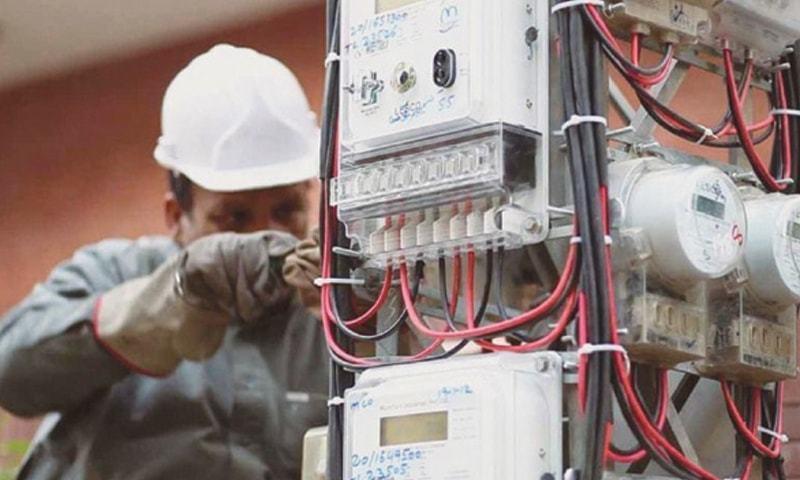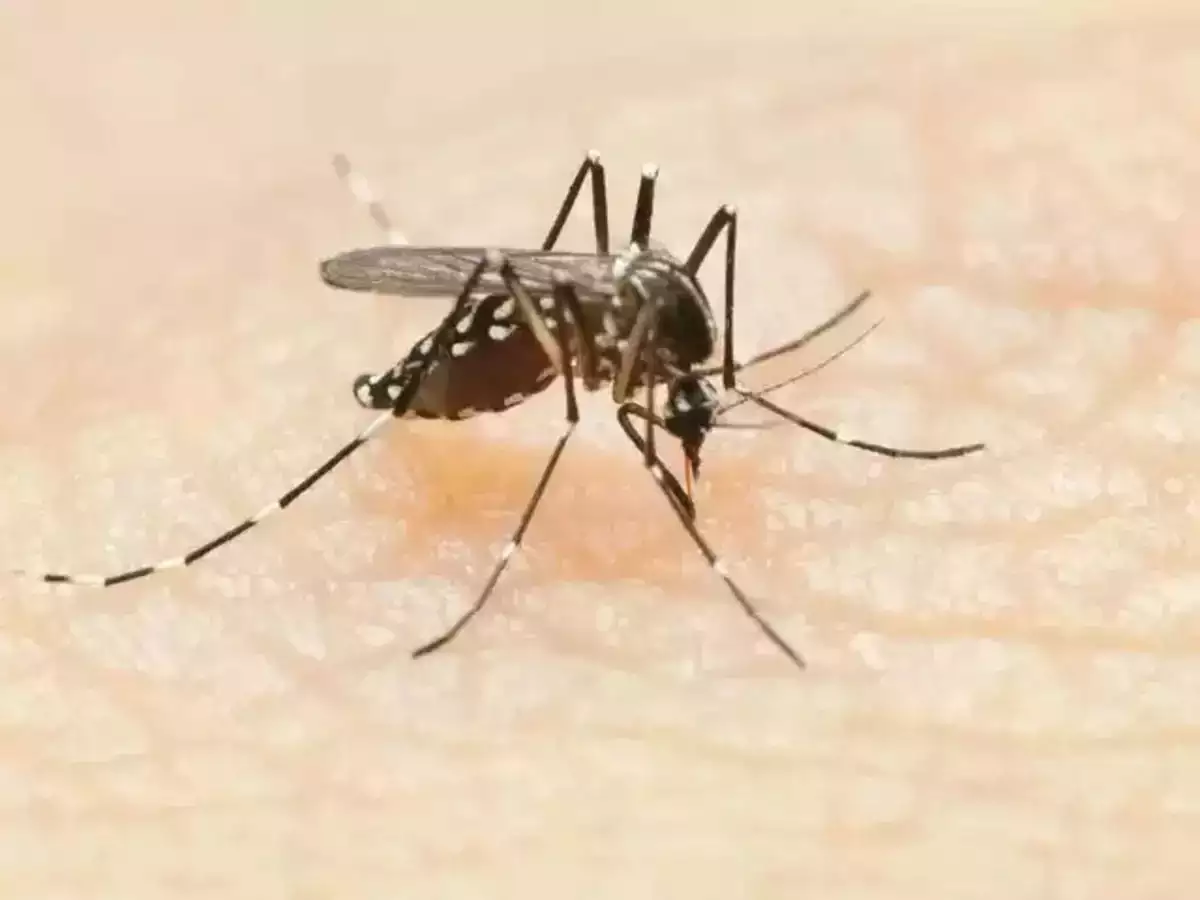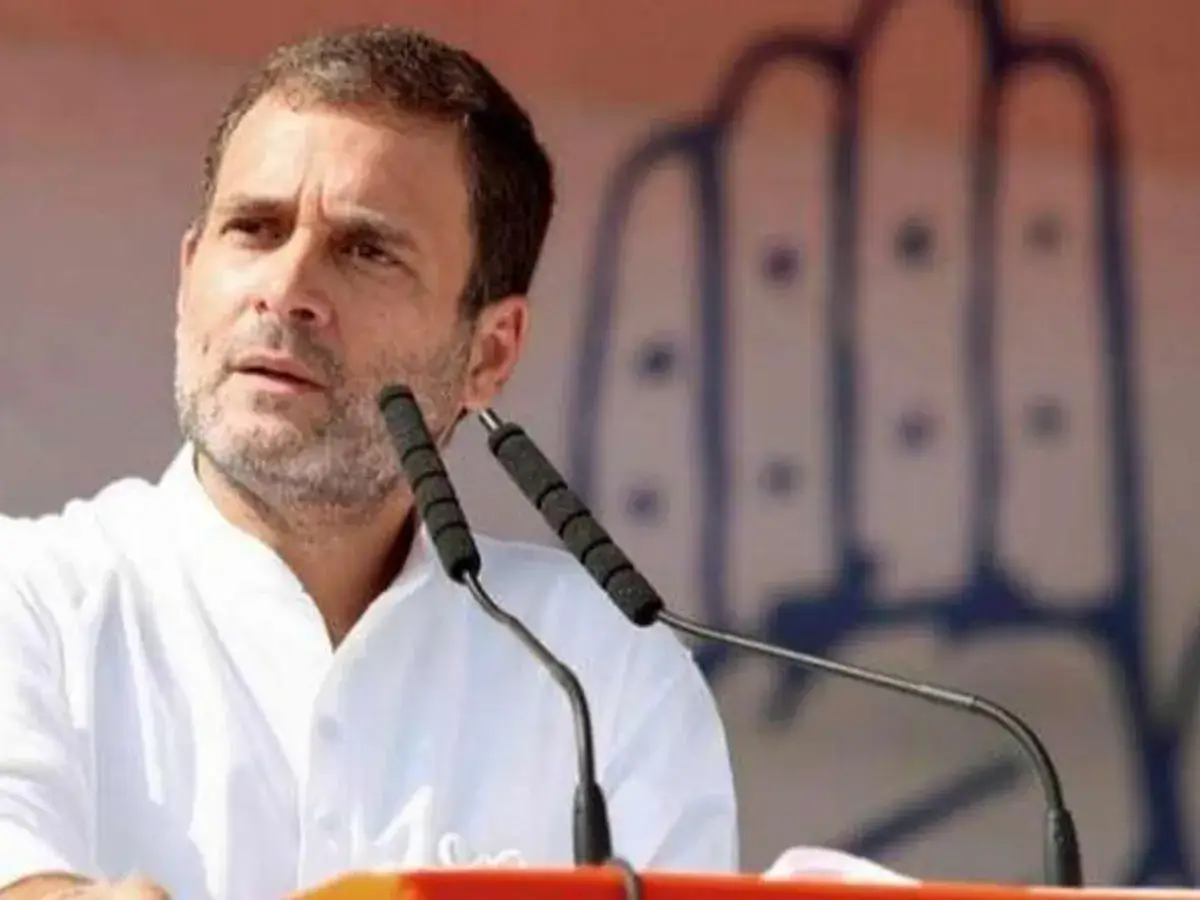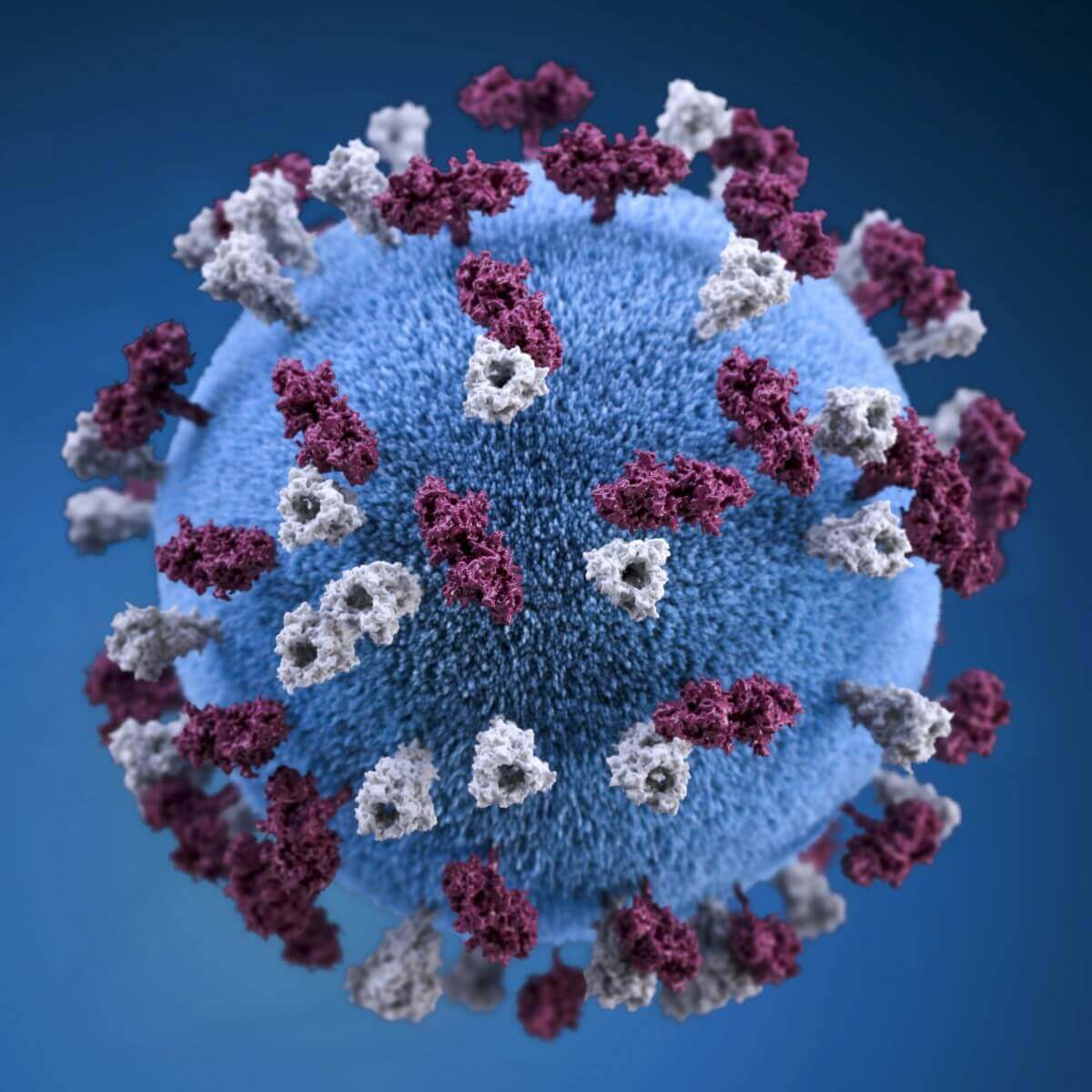The drop seen in air pollution in India during the Covid-19 induced lockdown was misleading as much cleaner air facilitated more sunshine to get through creating conditions for ozone (03) to increase up to 30 per cent, leading to potential health hazards, claims a new study.
Researchers at Toronto’s York University, who studied data from Delhi and Hyderabad, say blue skies and absence of city emissions during the lockdown were deceiving as levels of ‘some dangerous pollutants’ did not drop.
According to observational data, the first national lockdown from March 24 to April 24 last year due to Covid-19, drastically cut down emissions as vehicle movement and construction were halted.

The study revealed that local sources of emissions, such as vehicles and the burning of fuels, had less influence on air pollution levels than regional emissions sources, while weather events and atmospheric chemical processes contributed independently to air pollutant levels.
“We demonstrate that regional sources, such as rural and agriculturally based emissions, that may have been less affected by the lockdown, have a significant influence on PM2.5 levels in Delhi and Hyderabad after weather normalisation. This indicates that future PM2.5 mitigation strategies should focus on national-scale, as well as local sources,” said Cora Young, Associate Professor at the varsity.
“Overall, this study highlights the impact of emissions, meteorology and chemistry on air pollution and that all three should be considered when assessing the effects of any short-term intervention on air pollutants,” Young added.
In addition, the research team found that ozone production in Delhi is likely volatile organic compounds (VOC) limited and, as such, attempts to mitigate it should focus on dominant VOC sources. Common examples of VOCs that may be present in our daily lives are benzene (used in plastics, resins, and nylon), formaldehyde (furniture and cosmetics), among others.
Air pollution results from a complex mix of interactions between emissions, meteorology, such as wind direction and rain, as well as chemistry, but looking only at observational data as many recent studies have done without taking meteorology into account, skews the numbers, the researchers stated.
“To accurately quantify the impact of the Covid-19 lockdown on air pollutant levels, meteorology and atmospheric chemistry needs to be considered in addition to emissions,” said Leigh Crilley, postdoctoral researcher at York University.
Researchers Leigh Crilley and Cora Young say their study shows that “the decline in local emissions had less influence on the decrease in air pollutants than first thought.”
The study came to this conclusion by focusing on levels of nitrogen oxides, fine particulate matter and ozone as well as what was happening meteorologically at multiple locations in Delhi and Hyderabad during the lockdown.
“We demonstrate that regional sources, such as rural and agriculturally based emissions, that may have been less affected by the lockdown, have a significant influence on fine particulate matter levels in Delhi and Hyderabad after weather-normalization. This indicates that future fine particulate matter mitigation strategies should focus on national-scale, as well as local sources,” say the researchers.
Since pollution is not just a combination of emissions and moisture (rain) but also a mix of meteorology (wind direction) and atmospheric chemistry, the study advises Indian policymakers to consider these complex factors in making plans to reduce pollutants and ozone levels.
The study titled ‘Importance of meteorology and chemistry in determining air pollutant levels during COVID-19 lockdown in Indian cities’, has been published in the journal Environmental Science: Processes & Impacts.
When only taking observational data into account, nitrogen oxides (NOx), fine particulate matter (PM2.5) fell by up to 57 per cent and 75 per cent respectively, but when meteorology was factored in, those percentages fell to less than eight per cent for PM2.5 and between five and 30 per cent in both Delhi and Hyderabad, while 03 increased.

